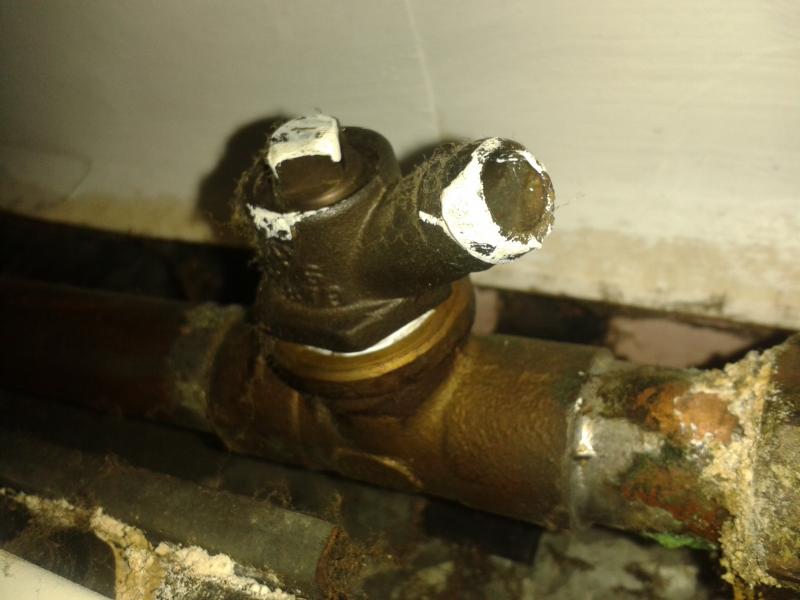Morning all,
Sure this will be a quick one for someone to answer........
I've searched high and low on the pipe work for a drain point and there is definitely not one on any of the downstairs radiators.
The only one I have found is this one which is located on the pipework at the side of the boiler (downstairs):
2 questions really - is this the drain point that I need to use and secondly will this drain the downstairs radiators considering that this valve is higher than the downstairs rads?
If it helps I have system with a header tank in the loft.
Thanks
Sure this will be a quick one for someone to answer........
I've searched high and low on the pipe work for a drain point and there is definitely not one on any of the downstairs radiators.
The only one I have found is this one which is located on the pipework at the side of the boiler (downstairs):
2 questions really - is this the drain point that I need to use and secondly will this drain the downstairs radiators considering that this valve is higher than the downstairs rads?
If it helps I have system with a header tank in the loft.
Thanks


